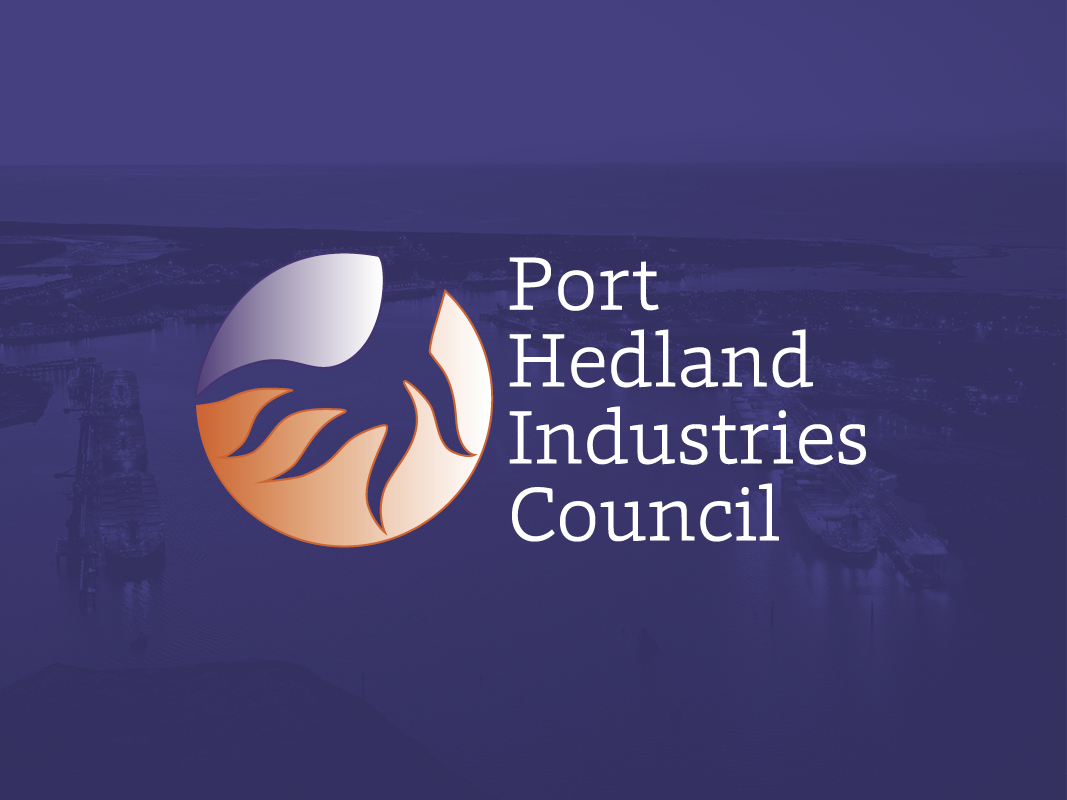The breadth of industrial opportunities evolving in the Kwinana Industrial Area was outlined during a two-day Kwinana Major Projects Conference last month.
With Premier Roger Cook opening the conference and Federal Resources Minister Madeleine King as a keynote speaker on the second day, the conference featured a range of presentations covering carbon capture and storage projects, BP’s plans for a Kwinana energy hub, the role of local government, and the State Government’s plans for the Westport container terminal, a “once-in-a-century” infrastructure project.
Port Hedland Industries Council was among a host of delegates to hear Kwinana Industries Council Director Chris Oughton declare the Western Trade Coast, of which the Kwinana Industrial Area is a part, to be “one of, if not the, world’s best-practice example of industrial symbiosis – reusing byproducts and exchanges of manufactured materials within the precinct”.
“There is a 30,000 strong skilled workforce who attribute their jobs to the WTC, and two-thirds live within 15 to 20km of where they work – a very important characteristic of a successful industrial precinct,” he said.
“Similarly, it has associated with it a very competent support industries sector (like engineering workshops, labour and plant hire, technical and fabrication services).
“Conversely, the precinct has characteristics that raise questions about its future: It has a public sector governance environment which ‘needs work’.
“I say this because it is very complex, and there are too many players, and years of inadequate action has taken its toll on the efficiency of common user infrastructure, land availability, and the old chestnut of buffer zone malleability when it comes to residential development encroachment approvals.”
With an overarching theme of accelerating decarbonising, the conference heard from two proponents of shipborne Carbon Capture and Storage projects targeting the carbon emissions of Kwinana industries.
Pilot Energy outlined plans to convert its Cliff Head oil field into a permanent carbon storage operation that could provide industrial emitters with a low-cost, long-term abatement solution.
The company is aiming to provide permanent injection of more than one million tonnes of CO2 annually to 2050.
It said CO2 ship transport to the Cliff Head storage facility was a realistic, affordable abatement solution for Kwinana industries.
A feasibility study had shown that by 2026 up to 250,000tpa of CO2 growing to more than 1mmtpa could be captured by 2027.
Similarly, Sea Quester provides carbon emitters with an end-to-end carbon collection, transport and permanent storage service.
It has sought grant funding to investigate CCS for Kwinana Industries Council members to provide transport and permanent storage of up to 8mtpa for their operations.
Possible storage sites have been identified within the South Perth Basin, or North Perth Basin.
BP Kwinana energy hub Manager Michael Glenny provided an overview of the company’s ambition to transition from oil refinery to energy hub as part of a wider switch to hydrogen, biofuels, and renewables.
In June last year the company took a 40.5 per cent stake in the Australian Renewable Energy Hub in the Pilbara.
At full scale it could produce 1.6 million tonnes of green hydrogen or 9 million tonnes of green ammonia per annum – making it one of the largest green hydrogen projects in the world.
BP is also involved in trials with BHP, at its Yandi mine, on the use of Hydrotreated Vegetable Oil (HVO) to help power mining equipment.
Mr Oughton said he saw Kwinana as the national and international benchmark for the decarbonisation of a major complex industrial precinct.
“We are already on that journey. It will be the place to investigate and to learn from to give effect to the transitions elsewhere,” he said.


